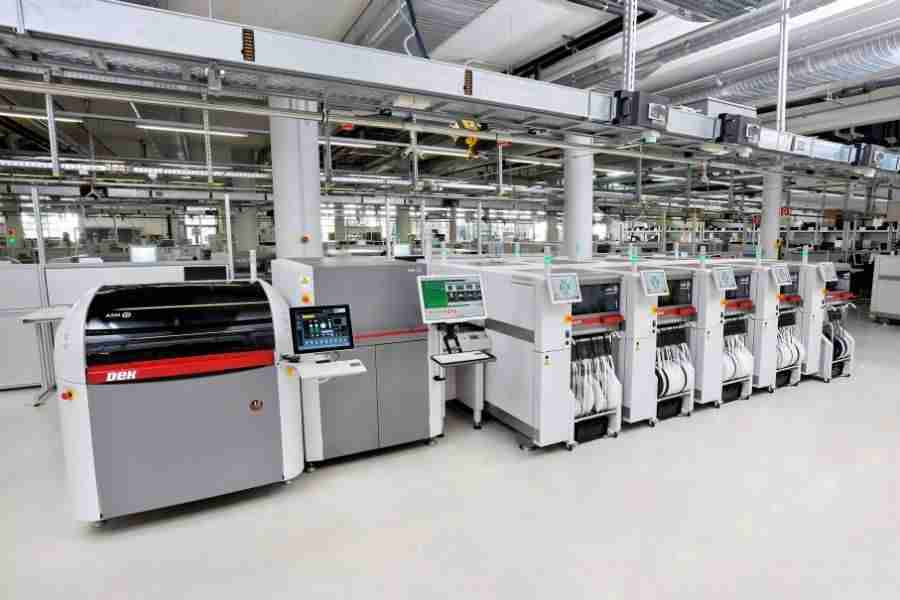In the SMT (surface mount technology) printing process, the SMT printing technology of the PCB factory plays a vital role and directly affects the welding quality. Therefore, when performing SMT assembly, we should pay attention to the printing quality. After the solder paste printing is completed, use the SPI to detect the printing quality to prevent tin leakage, insufficient tin, and other phenomena. They will affect the subsequent surface mount soldering.
Crucial elements of printing technology
Its core elements include the mesh/stencil, printing material, and squeegee.
Mesh/Steel Plate: As a channel for printing materials, its thickness, etching quality, opening size and shape, and other characteristics directly affect the printing effect.
Printing materials: It is mainly composed of solder paste and adhesive. Solder paste is the main solder in the flow soldering process, while adhesive is mainly used in the wave soldering process or to prevent components from shifting. The solder should be lead-free.
Scraper: As a tool for extruding printing materials, its pressure, speed, angle, gap, and other factors have a direct impact on the printing effect.
Printing method selection
Printing methods are primarily divided into manual printing, semi-automatic printing, and fully automatic printing.When choosing the printed method, we should consider the PCB type(HDI PCB, RF PCB,flex-PCB, etc.), component layout, surface treatment, etc.
Manual printing: As a relatively primitive printing method, it is suitable for applications that do not require high precision.
Semi-automatic printing: It is a relatively common printing method with relatively low equipment investment cost and is suitable for medium-precision applications.
Fully automatic printing: It is the most accurate printing method, with a high equipment investment cost, and is suitable for high-precision applications.
Key settings for 3d printing parameters
Printing parameters include blade pressure, printing speed, printing angle, and gap.
Scraper pressure: determines the degree of fit between the stencil and the PCB. Generally speaking, the greater the pressure, the better the printing effect.
Printing speed: determines the flow speed of solder paste on the stencil. Generally speaking, the slower the speed, the better the printing effect.
Printing angle: determines the pressure of solder paste flowing into the stencil opening. Generally, the smaller the angle, the greater the pressure.
Gap: determines the thickness of solder paste on the stencil. Generally speaking, the smaller the gap, the greater the thickness.
Vital indicators of printing inspection
Print inspection focuses on accuracy, resolution, and thickness.
Precision: Check whether the center position of the solder paste printed on the pad is accurate to prevent problems such as inaccurate component alignment.
Resolution: Observe whether the shape of solder paste printing is regular to prevent problems such as short circuits.
Thickness: Check whether the thickness of solder paste printing is uniform to ensure the welding quality.
Application of inspection tools
Printing inspection tools mainly include magnifying glasses, micro balances, laser thickness gauges, AOI, and 2D/3D functions on printing presses.
Magnifying glass: Used to check accuracy and resolution.
Microbalance: Used to measure thickness.
Laser Thickness Gauge: The device can quickly measure thickness.
AOI: Achieve automated inspection accuracy, resolution, and thickness.
3D printer function: used to detect thickness more accurately.
Summarize
Printing technology plays a crucial role in PCB manufacturing, and its quality is directly related to SMT soldering quality.
During the printing process, select the appropriate screen/steel plate, printing material, and scraper, and reasonably set the printing parameters according to the process requirements to ensure that the printing effect meets the requirements.








